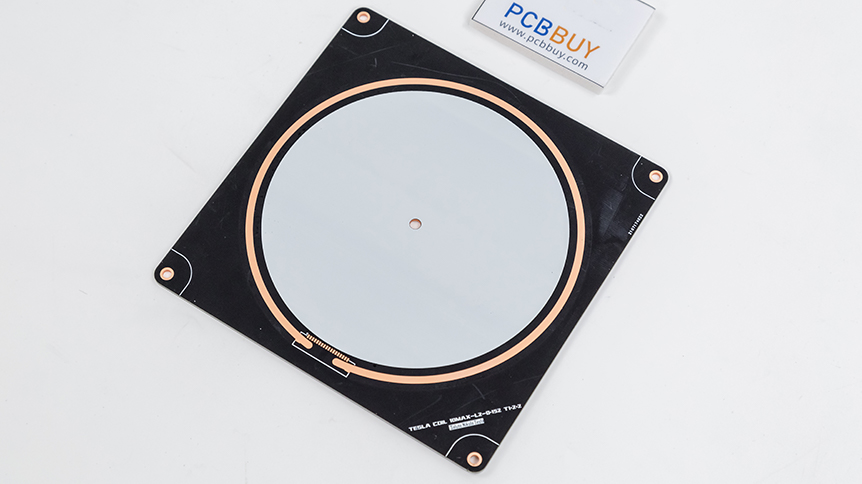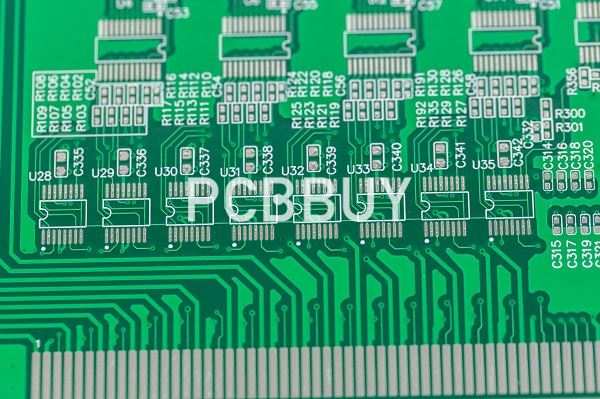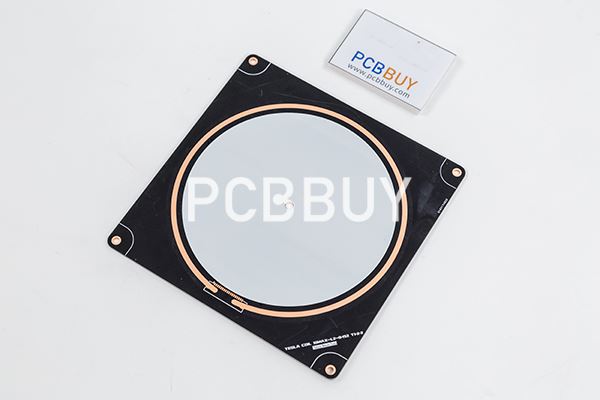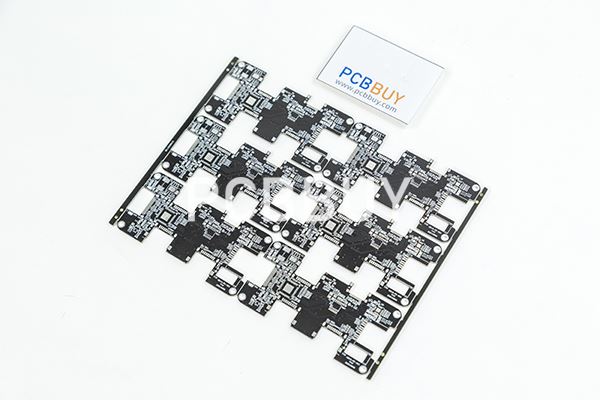What Are the Special Choices of Substrates in PCB Manufacturing?
By:PCBBUY 03/25/2023 15:17

A printed circuit board needs structure and shape. It also needs a platform or canvass to hold all of its other components. This is the job of the substrate. The characteristics of the substrate will affect how the PCB performs. For example, a rigid substrate may add strength and durability to the PCB. A flexible substrate allows for more design options.
In the manufacturing process of PCB, what are the important tips for choosing substrates In the PCB? If you are looking for the information about substrates in the PCB, please check and read the content below for more in this passage.

What are the types of substrates in the PCB?
The material you use for your PCB can affect short- and long-term performance, as well as the ability of your contractor to manufacture it. It's just like anything else -- you get what you pay for. When you buy bad materials and they fail when your contractor tries to manufacture the board, you can’t blame it on the contractor.
So, what to use? Materials commonly used in PCB substrates range from FR-1 and G-10 to PTFE, alumina and Kapton. Laminates are formulated from CTE, PTFE, CEM, and a variety of other compounds.
When high performance is not an essential PCB characteristic, a material like lightweight polyester is probably a good choice. There are at least two reasons to select lightweight polyester under these circumstances, as long as it’s used in conjunction with printed electronics (PE) technology.
The benefits of PE with lightweight polyester include:
· Lower cost - Lightweight polyester creates less waste, requires fewer processing steps, and reduces need for water treatment and filtration.
· Versatility - Flexible printed circuits (FPCs) are available, but it’s expensive to achieve the level of “bendability” that makes them so attractive. PE with lightweight polyester retains the flexibility at a much lower price.

What are the features of substrates in the PCB?
· Mechanical properties of copper tube and the matrix resin adhesion (peel strength) and mechanical strength (e.g., flexural strength), impact resistance, dimensional stability, flexibility, heat distortion resistance, the base processing (punching, drilling performance) and the like.
· Electrical characteristics of insulation resistance, resistance to the electric field strength (voltage resistance), the dielectric properties (dielectric constant, dielectric loss factor Wei, etc.), ion migration resistance, resistance to leakage and trace quality copper resistance.
· The physical characteristics of thermal expansion coefficient (CTE), flammability (flame retardant), a base that is generally warped by the degree of flatness (bow and twist), moisture absorption.
· Chemical properties. Heat resistance, breaking glass transition temperature (Tg), weldability, resistance to chemicals capacity (acid, alkali and solvent resistance) and the like.
· Environmental resistance. Fungus resistance, moisture resistance, cooking, resistance to thermal shock properties.
· Green living substrates suitable for RoHS Directive inauspicious lead and other harmful substances halogen chapter though - .. Some high reliability requirements of the product is not currently required · main lead solder must be used, but from the perspective of environmental protection jealous consideration. When conditions are ripe to make the use of non-polluting or less polluting materials.
How to choose the right substrates for PCB?
The primary goal is to pick a board that will be perfect for your product. Many people aim for compact size and shape, but they forget about performance.

Polyimide film can be a smart choice as it is versatile, and it can fit into different categories like black, white, and transparent. It also ensures a low thermal expansion coefficient while maintaining adequate resistance to heat.
On the other hand, Mylar substrate is very elastic, and it has excellent resistance to environmental factors. On top of that, it is relatively affordable, which is why many users consider it.
Flexible PCBs have to strive to achieve the same level of performance in terms of frequency and speed as standard PCBs. Advanced polyimide substrate and polytetrafluoroethylene are smart choices for flexible boards.
You can find flexible boards in many industries, including medicine, smartphone, and the gadget industry. That is why the market has been implementing multi-layer boards that are flexible and extra thin (0.2-0.4mm).
At this point, you can expect flexible boards to secure a speed of up to 5Gbps, but you will need to use a low Dk/Df substrate material. It is also smart to use conductors with over 100μm of thickness as that will help handle the amounts of current and power.
Industry Category











